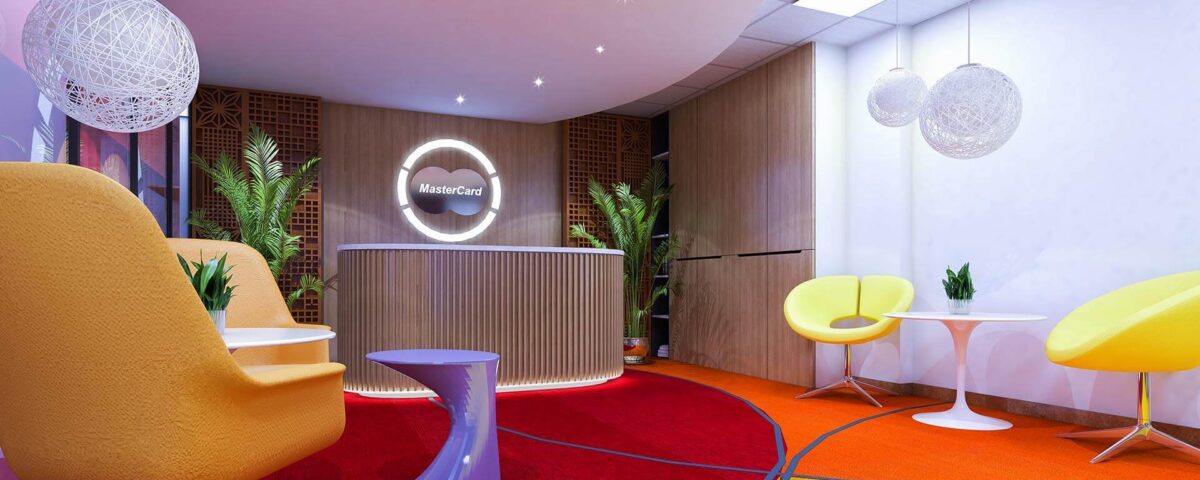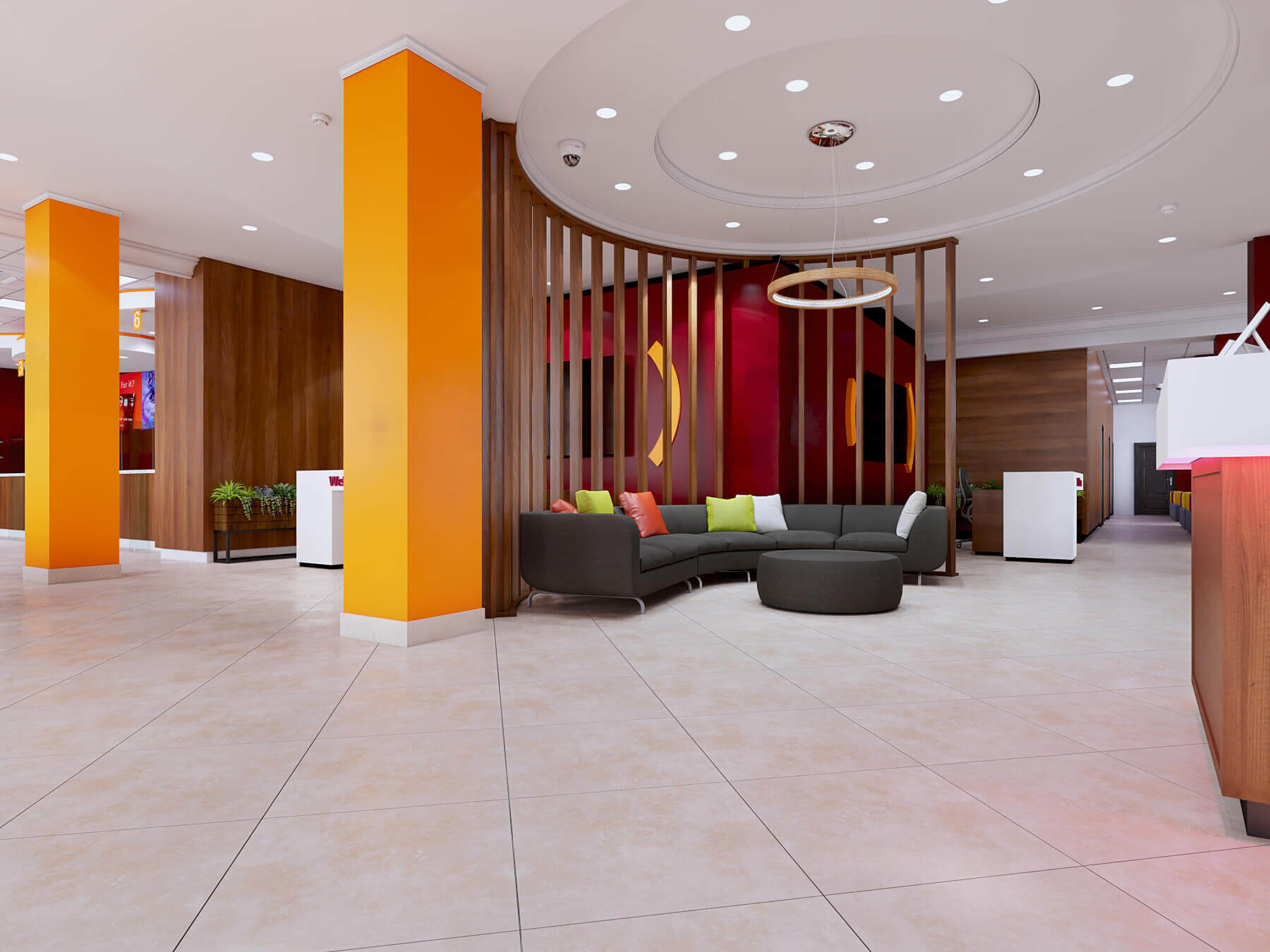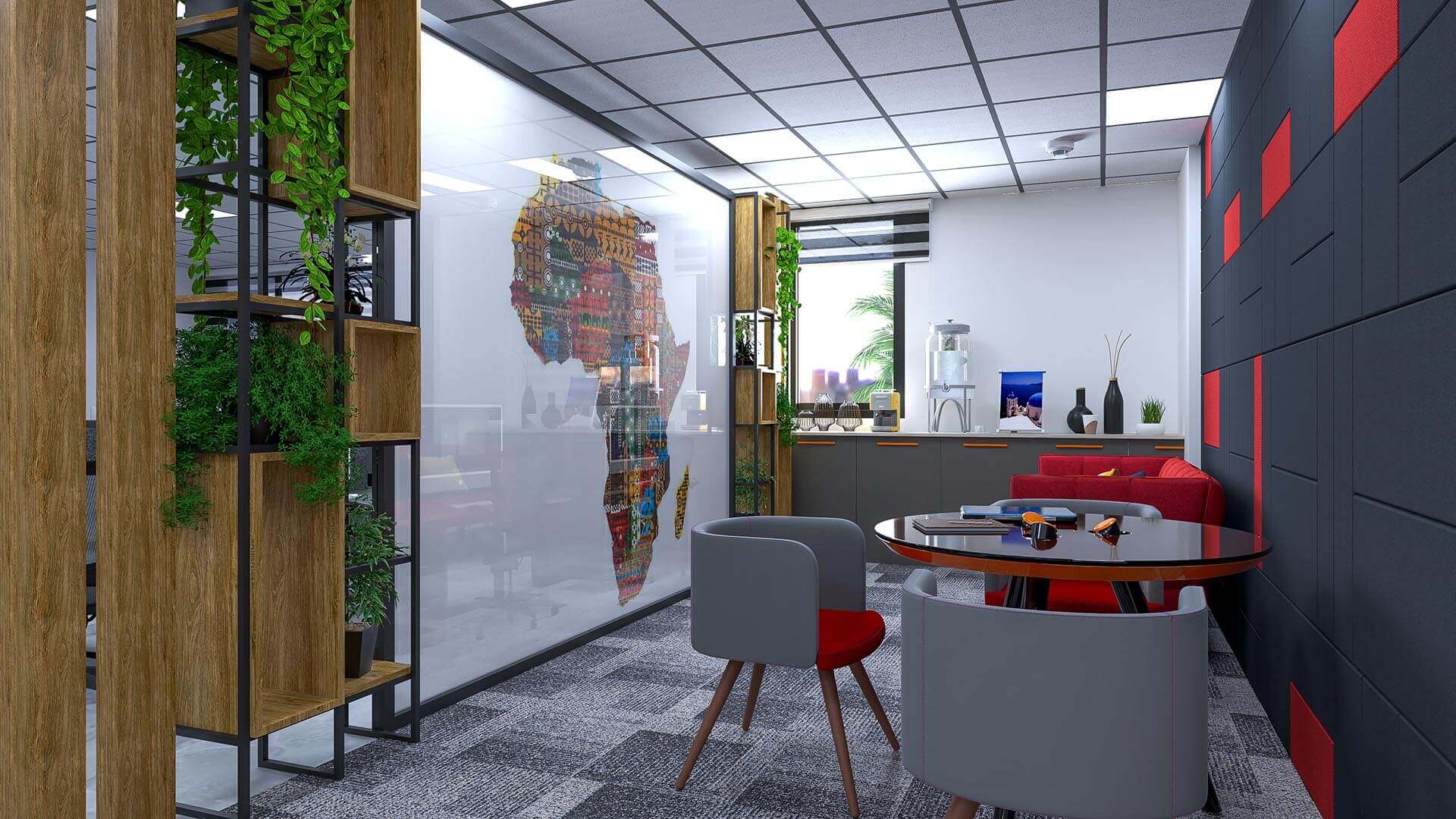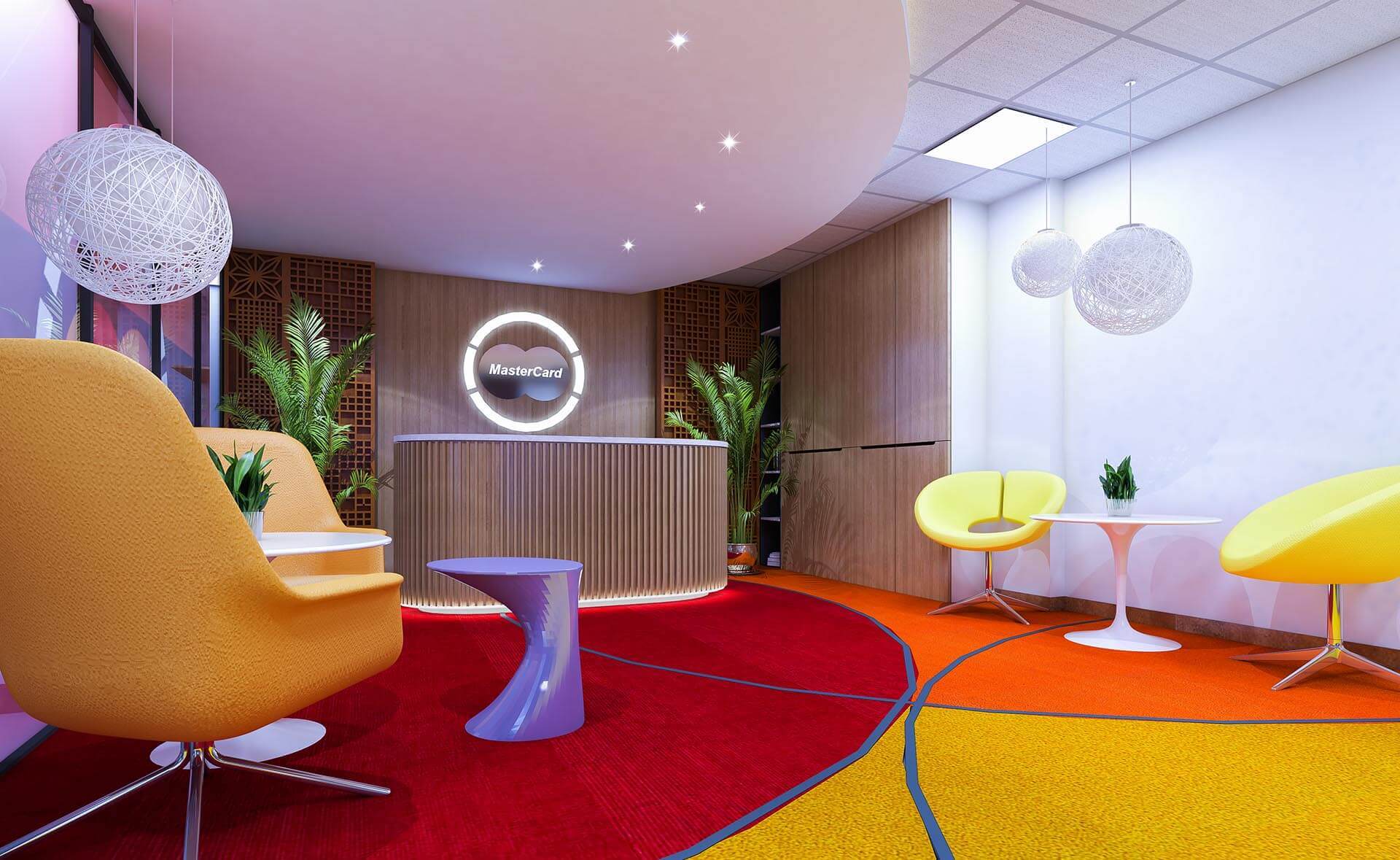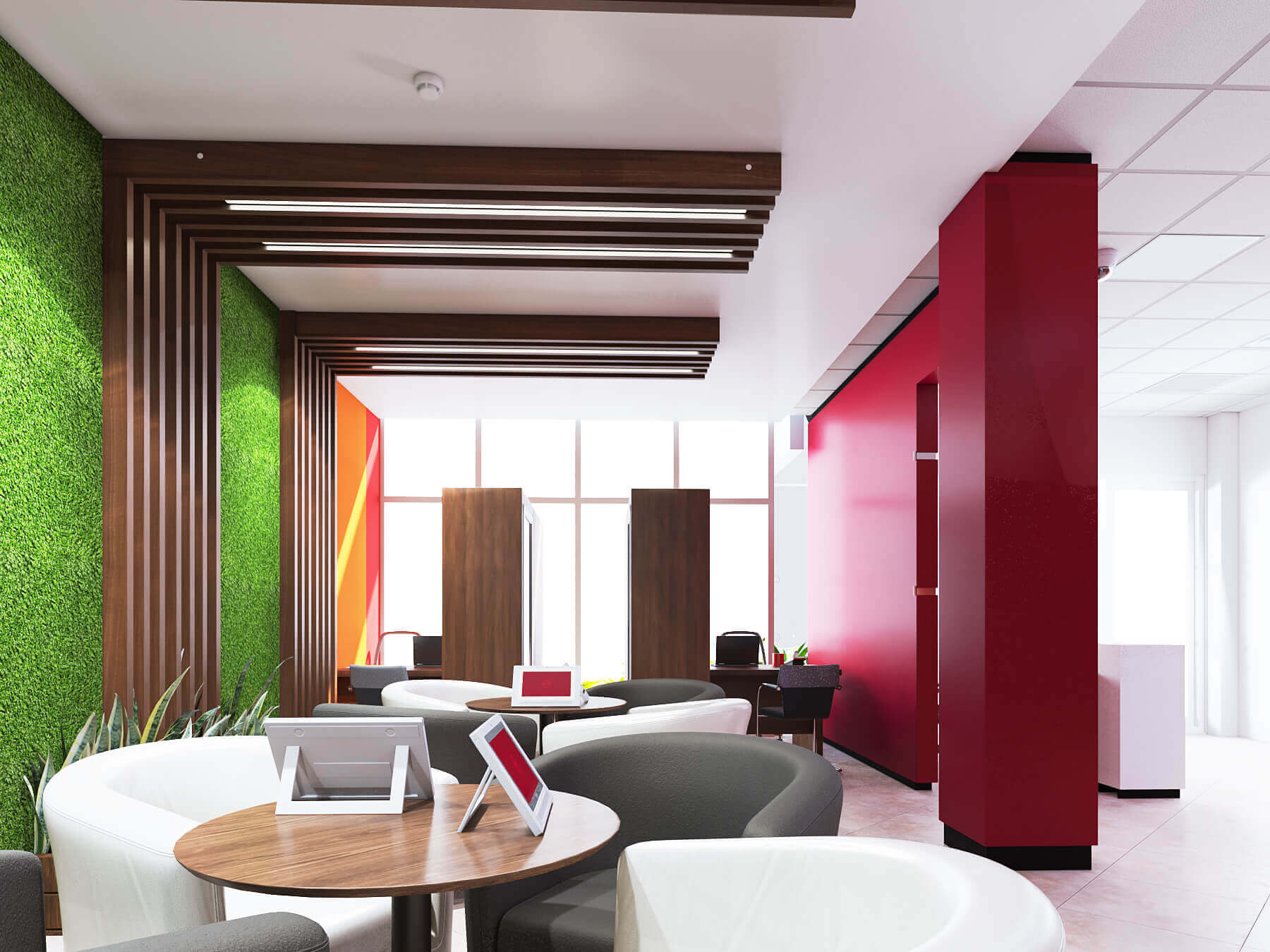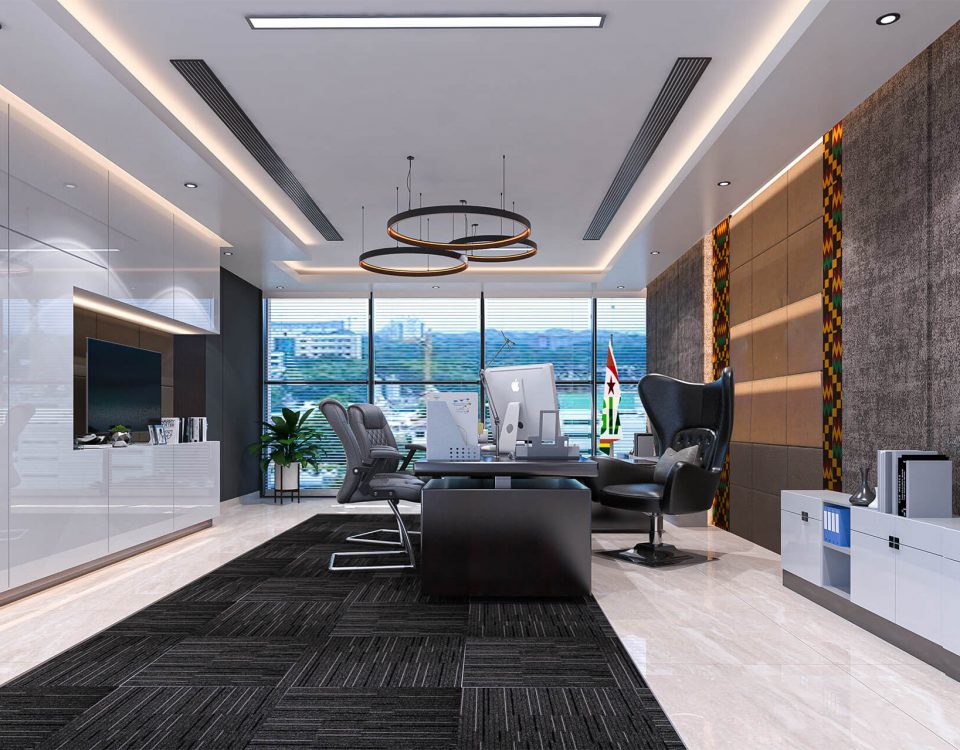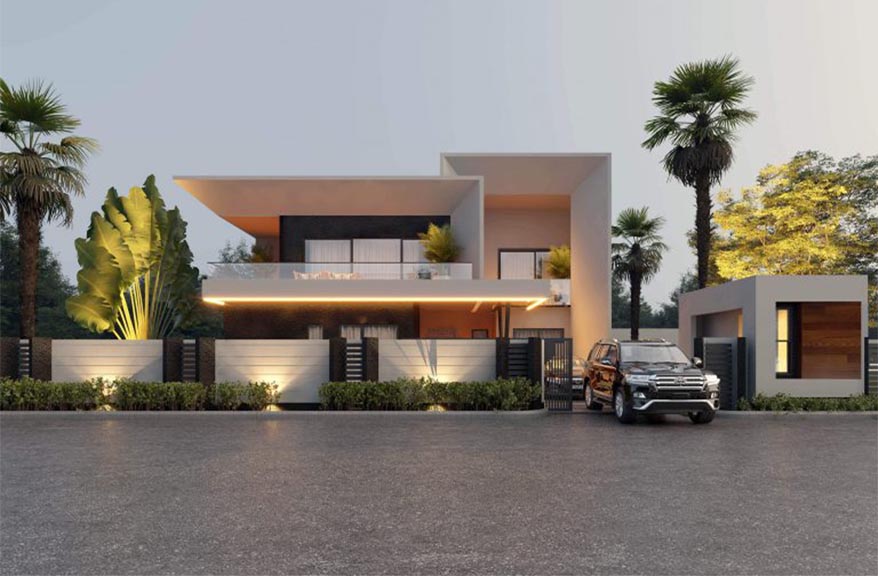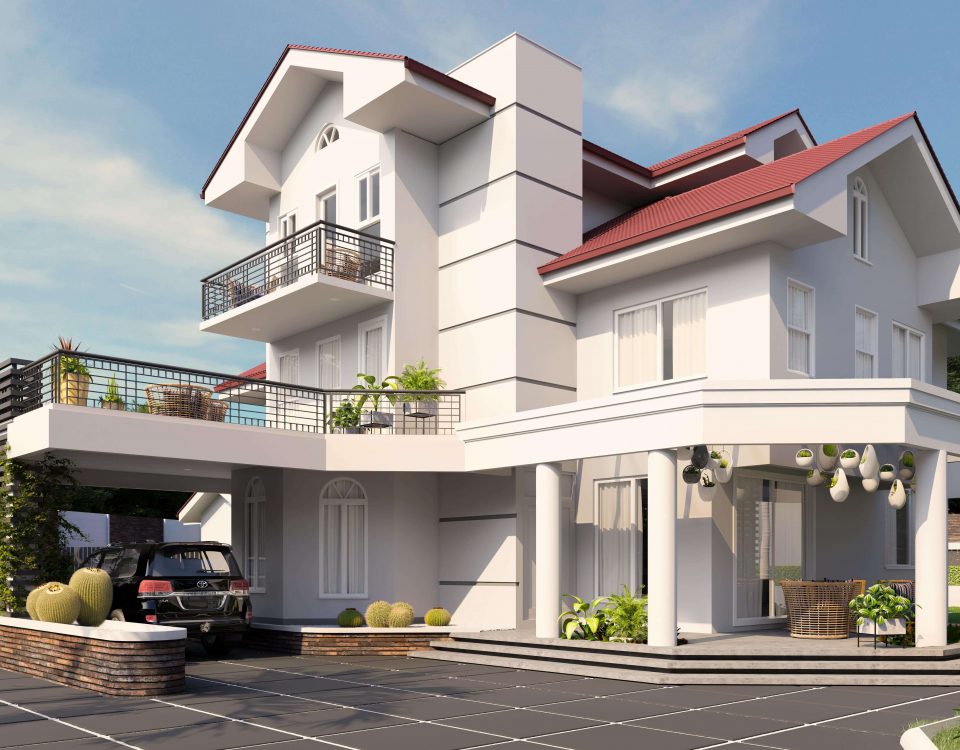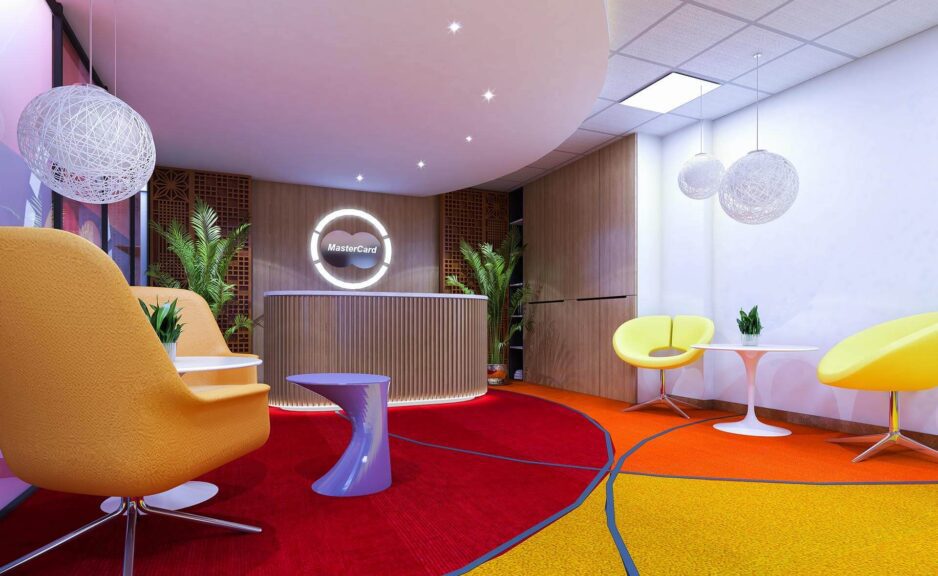
The Future of Workplace Design

Historical Context: Evolution of Workplace Design
Workplace design has come a long way since the days of the traditional cubicle farm. In the early 1900s, factories often used an assembly-line approach to work, with employees performing repetitive tasks in a single-file line. As office work became more common in the mid-20th century, employers began to prioritize efficiency and cost-effectiveness over employee comfort and well-being. This led to the rise of the cubicle, which was meant to maximize space and minimize distractions.
However, in recent years, there has been a shift towards more open and collaborative workspaces. This trend can be traced back to the early 2000s when tech companies like Google and Facebook began to experiment with unconventional office designs. These companies prioritized creativity, innovation, and employee satisfaction, leading them to create spaces that were more akin to playgrounds than offices.
Current Trends in Workplace Design
Today, many companies are following in the footsteps of these tech giants and embracing open and collaborative workspaces. This often involves removing cubicles and private offices in favor of shared workstations and communal areas. This design encourages employees to work together and share ideas, leading to increased innovation and creativity.
Another trend in workplace design is the incorporation of natural elements. Plants, natural light, and even water features can help to create a more calming and peaceful environment. This can lead to reduced stress levels and increased productivity among employees.
The Impact of Technology on Workplace Design
Advancements in technology have also had a significant impact on workplace design. With the rise of remote work and virtual communication, many companies are designing their offices to be more flexible and adaptable. This often involves incorporating technology that allows employees to work from anywhere, at any time. This trend towards flexibility extends beyond just remote work. Many companies are also creating spaces that can be easily reconfigured to suit different needs. For example, a meeting room could be transformed into a workspace or a lounge area, depending on the needs of the employees.
Designing for Productivity and Employee Well-Being
One of the most important aspects of workplace design is creating a space that promotes productivity and employee well-being. This can be achieved through a variety of design elements, such as comfortable seating, ergonomic furniture, and good lighting.
It's also important to consider the impact of noise levels on productivity. While open workspaces can encourage collaboration, they can also lead to distractions and a lack of privacy. Many companies are addressing this issue by incorporating quiet areas or sound-proof booths into their office designs.
Collaborative Spaces and Their Benefits
Collaborative spaces are a key aspect of modern workplace design. These spaces can take many forms, from open workstations to shared lounges and cafes. The benefits of collaborative spaces are numerous, including increased creativity, better communication, and a stronger sense of community among employees.
Collaborative spaces also encourage a more fluid approach to work. Instead of being tied to a single workstation or office, employees can move around and work in different areas of the office as needed. This can lead to a more dynamic and engaging work environment.
Flexible Workspaces and Remote Work
As mentioned earlier, the rise of remote work has had a significant impact on workplace design. Many companies are now designing their offices to be more flexible and adaptable, allowing employees to work from anywhere at any time.
Flexible workspaces can take many forms, from hot-desking to shared workstations and private offices that can be rented on a temporary basis. This approach can lead to lower costs for companies, as well as increased flexibility and autonomy for employees.
Sustainable and Environmentally-Friendly Workplace Design
Sustainability is another important consideration in modern workplace design. Many companies are now prioritizing environmentally-friendly design elements, such as energy-efficient lighting, recycled materials, and green spaces.
Sustainable design not only benefits the environment, but it can also lead to cost savings for businesses. For example, energy-efficient lighting can lead to lower energy bills, while recycled materials can be less expensive than new ones.
The Role of Furniture and Accessories in Workplace Design
Furniture and accessories play an important role in workplace design. Ergonomic chairs and desks can reduce the risk of injury and increase comfort for employees. Accessories like plants, artwork, and even coffee machines can help to create a more inviting and engaging environment.
In recent years, there has also been a trend towards more personalized workspaces. Many companies are now allowing employees to decorate their workstations with personal items like photos and decorations. This can help to create a more welcoming and comfortable environment for employees.
Future Predictions for Workplace Design
As technology continues to evolve and the workforce becomes more diverse, workplace design will continue to evolve as well. Some predictions for the future of office spaces include more flexible and adaptable designs, increased emphasis on employee well-being, and the incorporation of augmented reality and virtual reality technology.
One thing is certain: workplace design will continue to play a crucial role in the success of businesses. Companies that prioritize employee satisfaction, creativity, and innovation through their office designs will be better positioned to succeed in the future.
Conclusion: The Importance of Adapting to Change in Workplace Design
In conclusion, workplace design is an essential aspect of any business. It impacts everything from employee satisfaction to company culture and productivity. By embracing current trends and adapting to changing technology and workforce needs, companies can create office spaces that are both functional and engaging.
At Spektra Global, we specialize in creating workspaces that prioritize employee well-being, creativity, and innovation.Contact us today to learn more about how we can help your business revolutionize its office space.
Workplace design has come a long way since the days of the traditional cubicle farm. In the early 1900s, factories often used an assembly-line approach to work, with employees performing repetitive tasks in a single-file line. As office work became more common in the mid-20th century, employers began to prioritize efficiency and cost-effectiveness over employee comfort and well-being. This led to the rise of the cubicle, which was meant to maximize space and minimize distractions.
However, in recent years, there has been a shift towards more open and collaborative workspaces. This trend can be traced back to the early 2000s when tech companies like Google and Facebook began to experiment with unconventional office designs. These companies prioritized creativity, innovation, and employee satisfaction, leading them to create spaces that were more akin to playgrounds than offices.
Current Trends in Workplace Design
Today, many companies are following in the footsteps of these tech giants and embracing open and collaborative workspaces. This often involves removing cubicles and private offices in favor of shared workstations and communal areas. This design encourages employees to work together and share ideas, leading to increased innovation and creativity.
Another trend in workplace design is the incorporation of natural elements. Plants, natural light, and even water features can help to create a more calming and peaceful environment. This can lead to reduced stress levels and increased productivity among employees.
The Impact of Technology on Workplace Design
Advancements in technology have also had a significant impact on workplace design. With the rise of remote work and virtual communication, many companies are designing their offices to be more flexible and adaptable. This often involves incorporating technology that allows employees to work from anywhere, at any time. This trend towards flexibility extends beyond just remote work. Many companies are also creating spaces that can be easily reconfigured to suit different needs. For example, a meeting room could be transformed into a workspace or a lounge area, depending on the needs of the employees.
Designing for Productivity and Employee Well-Being
One of the most important aspects of workplace design is creating a space that promotes productivity and employee well-being. This can be achieved through a variety of design elements, such as comfortable seating, ergonomic furniture, and good lighting.
It's also important to consider the impact of noise levels on productivity. While open workspaces can encourage collaboration, they can also lead to distractions and a lack of privacy. Many companies are addressing this issue by incorporating quiet areas or sound-proof booths into their office designs.
Collaborative Spaces and Their Benefits
Collaborative spaces are a key aspect of modern workplace design. These spaces can take many forms, from open workstations to shared lounges and cafes. The benefits of collaborative spaces are numerous, including increased creativity, better communication, and a stronger sense of community among employees.
Collaborative spaces also encourage a more fluid approach to work. Instead of being tied to a single workstation or office, employees can move around and work in different areas of the office as needed. This can lead to a more dynamic and engaging work environment.
Flexible Workspaces and Remote Work
As mentioned earlier, the rise of remote work has had a significant impact on workplace design. Many companies are now designing their offices to be more flexible and adaptable, allowing employees to work from anywhere at any time.
Flexible workspaces can take many forms, from hot-desking to shared workstations and private offices that can be rented on a temporary basis. This approach can lead to lower costs for companies, as well as increased flexibility and autonomy for employees.
Sustainable and Environmentally-Friendly Workplace Design
Sustainability is another important consideration in modern workplace design. Many companies are now prioritizing environmentally-friendly design elements, such as energy-efficient lighting, recycled materials, and green spaces.
Sustainable design not only benefits the environment, but it can also lead to cost savings for businesses. For example, energy-efficient lighting can lead to lower energy bills, while recycled materials can be less expensive than new ones.
The Role of Furniture and Accessories in Workplace Design
Furniture and accessories play an important role in workplace design. Ergonomic chairs and desks can reduce the risk of injury and increase comfort for employees. Accessories like plants, artwork, and even coffee machines can help to create a more inviting and engaging environment.
In recent years, there has also been a trend towards more personalized workspaces. Many companies are now allowing employees to decorate their workstations with personal items like photos and decorations. This can help to create a more welcoming and comfortable environment for employees.
Future Predictions for Workplace Design
As technology continues to evolve and the workforce becomes more diverse, workplace design will continue to evolve as well. Some predictions for the future of office spaces include more flexible and adaptable designs, increased emphasis on employee well-being, and the incorporation of augmented reality and virtual reality technology.
One thing is certain: workplace design will continue to play a crucial role in the success of businesses. Companies that prioritize employee satisfaction, creativity, and innovation through their office designs will be better positioned to succeed in the future.
Conclusion: The Importance of Adapting to Change in Workplace Design
In conclusion, workplace design is an essential aspect of any business. It impacts everything from employee satisfaction to company culture and productivity. By embracing current trends and adapting to changing technology and workforce needs, companies can create office spaces that are both functional and engaging.
At Spektra Global, we specialize in creating workspaces that prioritize employee well-being, creativity, and innovation.Contact us today to learn more about how we can help your business revolutionize its office space.

